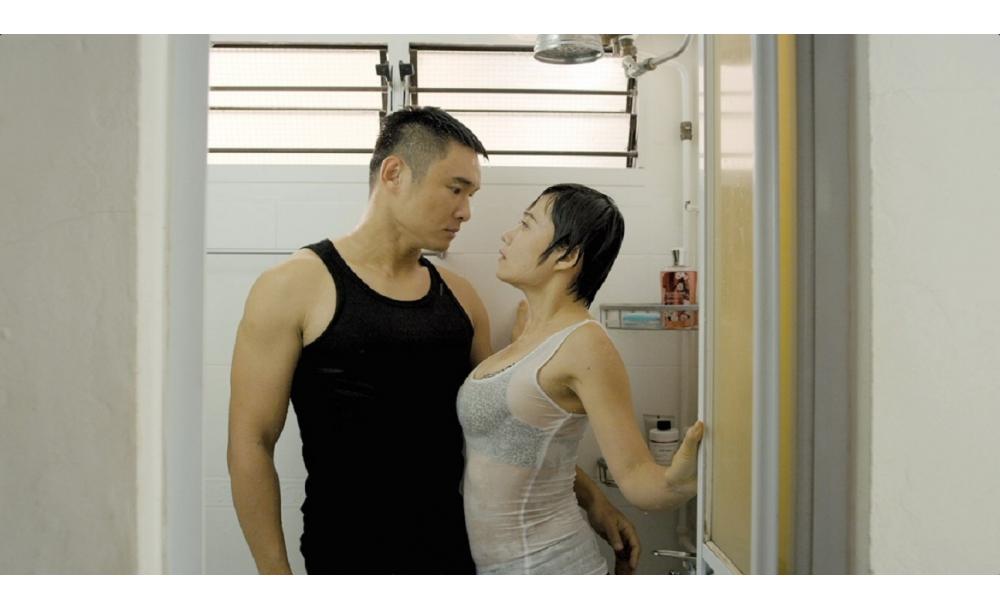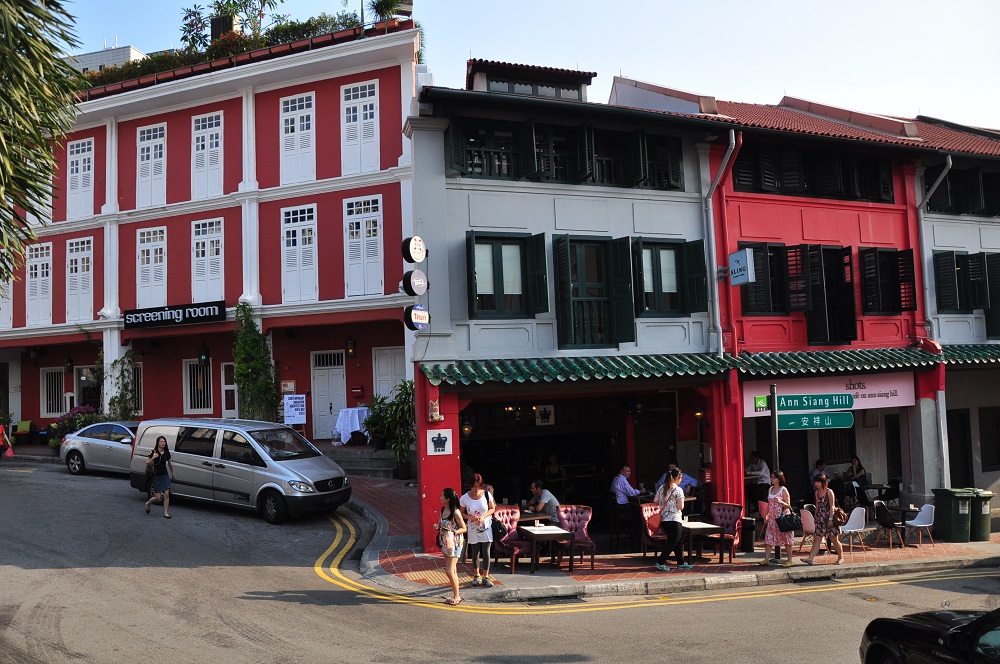What was the direction of the curatorial process like?
This project was done in the spirit of openness and collaboration, so the model of curation was giving co-curatorial power to all the artists involved. It’s not your traditional top-down curatorial model. It was imperative that the initiative was a very grass-roots and ground up one, with the curatorial process reflecting that.
That said, we did have external mentors (who are professional curators) coming in to help deepen the concepts of each artists, as well as open up conceptual dialogue between all the various installations, and throughout the various installations you’ll find subtle connections (whether visual or conceptual).
How were the artists chosen?
Passion, thematic engagement, and emotional resonance were key ingredients that artists had to display. This project was a direct personal challenge to the arts community in Singapore, so see whether we could step up quickly and fervently to respond to topical issues and our local environment. So all the artists had to be serious professional artists who were recognized by their peers for their sustained practice.
The most interesting feature about this whole process was how organically it came about. We did have enquiries from quite a few artists, so we knew we couldn’t accommodate everyone, otherwise it would have turned into some sort of flea market. The artists that were merely using this project as a self-promotion platform (seeing the house just like any other vessel to hang stuff on) took themselves out of the picture. The ones who showed the most passion were the artists that stayed and pursued their concepts and ideas because of their affinity with the theme and space.
Diversity was also vital. We wanted to acknowledge the melting pot of residents that made up the Mount Sophia/Selegie area, and this is reflected in the range of artists participating, from third-generation Singaporeans, to PRs who have been here for over two decades, to even a UK artist who’s only been here six months, and our resident choreographers who only arrived a month before the show to begin rehearsals. This has always been how Singapore’s culture has grown and changed over the past century—permeable national borders that allowed immigrants from all over to bring to Singapore their customs, cultures, social practices.
We also wanted a good mix of genres and artistic disciplines. It’s very easy for a project like this to go the documentary route through photography (e.g. photos of old buildings, scenes of the past), so the team gathered together an even mix of artists who worked in various media, including painting, ceramics, installation, sound and video, drawing. This project isn’t about just documenting a nostalgic past, but also engaging with the present and imagining possible futures and invisible connections.
Are they also chosen because they felt somewhat displaced with this city that we call home?
It’s too convenient to generalize. The point of this exhibition wasn’t to merely send a single message about displacement, so the short answer is “no” to your question.
The goals of the exhibition are slightly more nuanced. The fact is that whoever we are and wherever we come from, we always face constant change, and each of us as artists react to this change differently. What we want to create is a space of diverse views to come together and just explore this concept in an open manner, without resorting to convenient reactionary sentiments that change is happening too fast, or that we are feeling displaced.
Furthermore, this general feeling of displacement isn’t exclusive to the 16 artists participating in the exhibition. 13 Wilkie Terrace is a communal shared space not just for the artists involved, but for all volunteers and visitors to come together and share our thoughts with one another in an open fashion, in a comfortable and homely setting, be it through contributing to our interactive installations, or simply by spending time chatting to one another.
That said, this particular theme was chosen because it did reflect the accelerating change that was happening in Singapore, be it through the loss of buildings, the dilution of traditional practices, or the transformation of our values and social practices.
What were some of the most interesting works and how were they derived and created?
We could start with three artists who have made works which engage viewers on quite a personal but yet still universal level.
Calvin Pang’s “Quiet Quiet” series took discarded objects from 13 Wilkie Terrace, and through subtle material transformations, turned their functions on their head, creating a viewer experience that is at once relatable yet surreal.
Mark Wong’s projection and sound installations captures the rhythmic life of 13 Wilkie Terrace and brings haunting aural dimension to the exhibition. On a more everyday level, it’s easy for anyone to connect with his piece, as we all have experiences in our own home where we can recognise the rhythms of movements of our own family members automatically. Mark’s work brought a much needed dimension to the show, with his soundtrack echoing through the corridors and spaces of 13 Wilkie.
Michelle Lim’s interactive installation is also another favorite. Working with ceramics, she carves stories into the bases of her bowls and cups, encouraging visitors to have a tactile experience with her work by moving them around onto the light to be able to discover the memories of her childhood (the carved stories are only visible when put over an LED light which shines through the base of the ceramics).
What does nostalgia mean to you?
Nostalgia is such a value-laden term. By default, it casts a fond eye upon the past. On the one hand, there is an appreciation of the past, but what this can sometimes entail is taking our present for granted, and that itself is a dangerous thing. We tell visitors for every house like 13 Wilkie Terrace, there are many other old places that are still standing? The real question is why must we ourselves wait to hear about the impending loss of a place before we truly start to appreciate it? People did not really care abut Bukit Brown until we heard about the plans for redevleopment. Same goes for our old National Library. The message here is that we can’t take anything from granted here in Singapore, whether it’s a building we walk past everyday, or our favorite hawker stall. Let’s not wait for things to go to feel nostalgic about what we’ve lost, instead, let’s cherish the past and also really embrace what we have in the present as well!
Are Singaporean apathetic towards nostalgia?
From what we’ve seen, there has been no shortage of interest shown by our artists, volunteers, and visitors towards Singapore’s past and history. DISPLACEMENTS is merely a small piece of a much larger picture, tapping upon the growing consciousness of Singapore citizens, PRs, and even expatriates of Singapore’s heritage. We are such a young nation. I think after the past few decades of trying to chase a “world-class” and “developed nation” status, we as Singaporeans are now in a position to look back and try to explore where we came from, how we got to where we are, how our past informs our present identity, and how do we move on from here.
Is Singapore going to be running out of old places soon?
It’s quite a coincidence that you raised this. We just screened “Old Places” (by Royston Tan, Eva Tang, and Vitric Thng) with our collaborators last weekend, where Puiyee from Objectifs was saying that 40-50% of the places shown in the documentary have already vanished since the film was shot 3 years ago.
DISPLACEMENTS is on through June 23.





